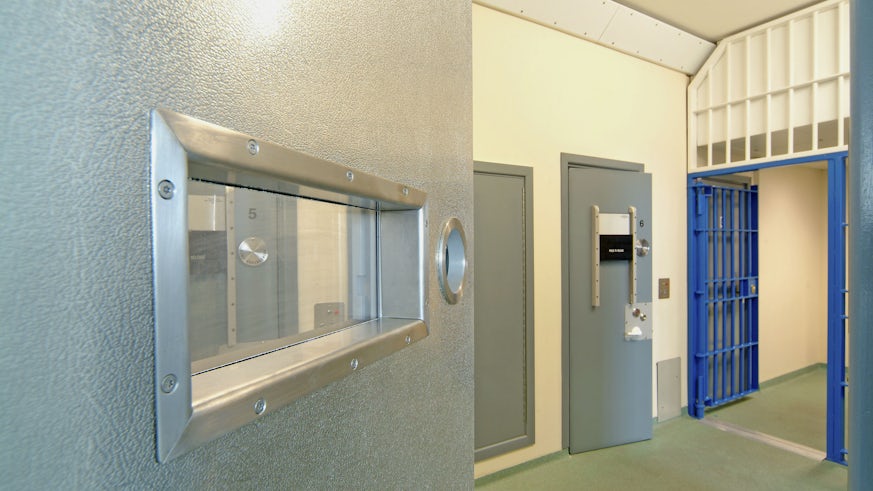Action needed to reduce Wales’ prison population
25 September 2019

Wales should be following the lead of other nations and developing credible alternatives to imprisonment, a report says.
Having previously disclosed that Wales has the highest average imprisonment rate in Western Europe, academics from Cardiff University’s Wales Governance Centre say their analysis of six other judicial systems shows policymakers in Wales how they could potentially reverse this trend.
Last month, the Ministry of Justice announced the creation of 10,000 additional prison places in England and Wales.
Dr Robert Jones said: “Wales currently has the highest imprisonment rate in Western Europe and under the current system, there appears little prospect of this changing. This has been underlined by the UK Government’s recent decision to expand the prison estate by a further 10,000 places.
“Our research into how other countries have tackled their high imprisonment rates shows that there are viable alternatives to custodial imprisonment. The report demonstrates that international research evidence could be key to the future of a radically different approach to criminal justice in Wales.”
Researchers analysed prison rates and approaches to penal policy in California, New York, Texas, Finland, Portugal and the Netherlands. Five out of the six systems studied had been successful in lowering their prison rates.
Dr Jones explained: “It might be thought that examples from ‘high imprisonment societies’ in the United States are of little relevance to Wales, but these jurisdictions have successfully reduced the numbers of people in custody and show that there are specific policy initiatives from which Wales, as a high imprisonment society, can learn.
“Among our European examples, policymakers in Finland have successfully transitioned from having one of the highest imprisonment rates in Western Europe to one of the lowest. The Netherlands has seen a substantial reduction in prisoner numbers in recent years. These examples provide us with important lessons for how we could improve the situation in Wales.”
The report, International evidence on driving down imprisonment rates: What Wales could be? adds that the increased prison population in England and Wales can largely be attributed to legislative and policy changes introduced by the UK Government. These changes include the introduction of minimum sentences, an increase in maximum sentences and the creation of new criminal offences.
Previous research from the Wales Governance Centre showed that self-harm incidents in Welsh prisons increased by 435% between 2010 and 2018. Over the same period, prisoner-on-prisoner assaults rose by 136% and assaults on staff increased from 72 in 2010 to 342 in 2018.
In its recommendations, the report states that driving down imprisonment rates requires a “whole system” approach.
Dr Jones said: “There is enormous opportunity for policy makers to think holistically about the role of the criminal justice system in Wales. Taken together, these case studies offer powerful examples of what Wales could be, were our nation’s political will and constitutional structures to align differently.”
Share this story
We undertake innovative research into all aspects of the law, politics, government and political economy of Wales, as well the wider UK and European contexts of territorial governance.



